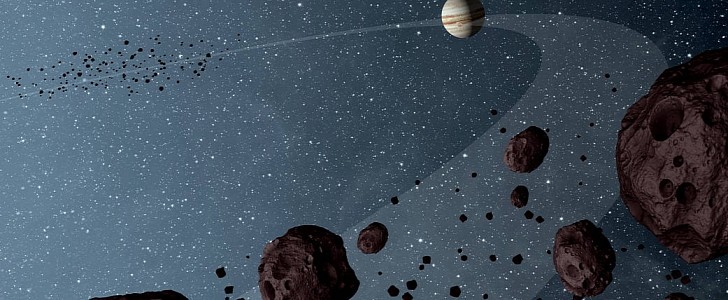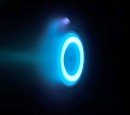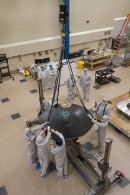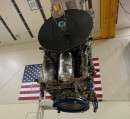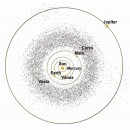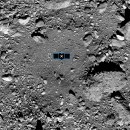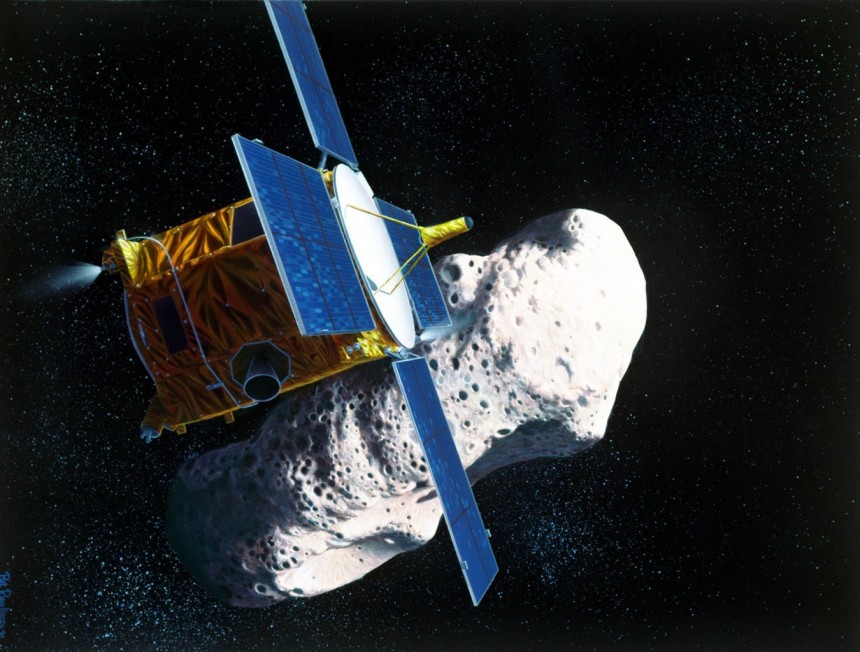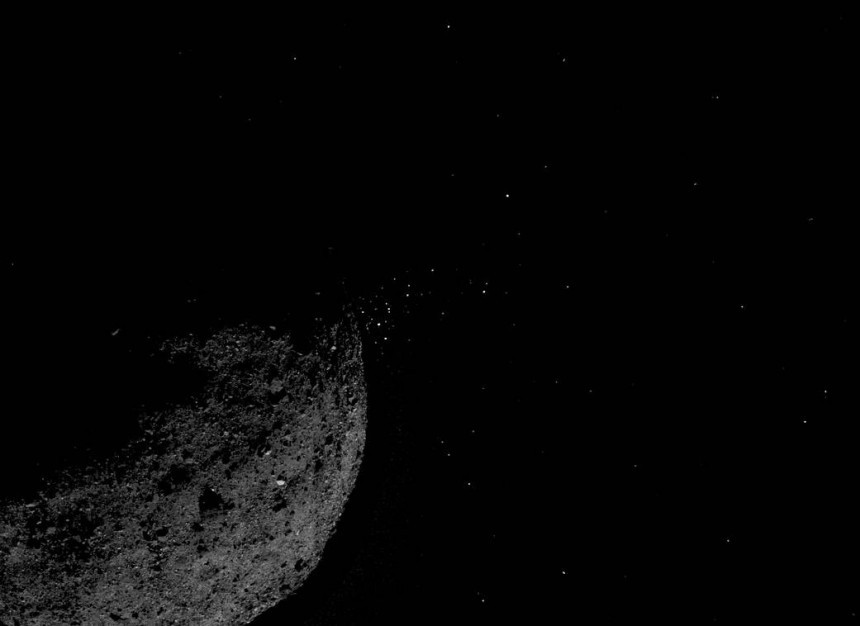We are only a few weeks away from the impact of DART (Double Asteroid Redirection Test) into a binary near-Earth asteroid called Didymos and its minor satellite Dimorphos.
The DART mission was launched on November 23, 2021, on a SpaceX Falcon 9 rocket from the Space Launch Complex 4 at the Vandenberg Space Force Base in California. The spacecraft is expected to crash into Dimorphos on September 26, 2022.
As some might know, NASA has an impressive history of collecting samples, visiting, photographing, and, yes, even colliding with asteroids and comets.
But let’s start with the beginning of this amazing journey. The first one we'll talk about is called the NEAR (Near Earth Asteroid Rendezvous) mission, later named NEAR Shoemaker, after renowned geologist Eugene Shoemaker. This mission represented the first time a NASA spacecraft landed on a celestial body. It was also the first human-made object to orbit and land on an asteroid.
Its main mission was to meet, gather data, and land on the 21-mile-long (34km) asteroid, and it did so by landing on its surface on February 12, 2001. The last time NASA contacted the spacecraft was on February 28, 2001, in the end freezing to the extreme temperatures of minus 279 degrees Fahrenheit (minus 173 Celsius). It sent us valuable information about the asteroid, such as data about its interior and that it had no magnetic field.
In its path of discovery, NASA also sent a few missions to investigate icy cold comets, but one, in particular, is different from the others. The eighth mission of NASA’s Discovery Program, the Deep Impact mission, was intended to study the composition of the interior of a comet and, in the end, collide into one. It reached Comet 9P/Tempel on July 4, 2005, which generated an explosion equivalent to 4.7 tons of TNT and a crater of 490 feet (150 meters).
Two parts made up the spacecraft: the main flyby spacecraft, which carried two instruments, and an impactor, both having different uses. The high-resolution instrument (HRI) was one of the largest space-based instruments ever built for planetary science. This instrument was used to take pictures in different light specters. The impactor carried the impactor targeting sensor (ITS), which served the purpose of picturing the moment before the impact and measuring the trajectory of the impact.
An interesting compact disc was present on the payload of the spacecraft, it included the names of 625,000 people who were part of the “Send Your Name to a Comet!”
Continuing NASA’s Discovery Program, the Dawn mission was initiated to orbit around two asteroids in the main asteroid belt. The two asteroids visited were Vesta and Ceres, which had different compositions. Vesta is rocky, while Ceres is an icy dwarf planet, and they offered answers to the early stages of the Solar System. It entered Vesta’s orbit on July 2011 and Ceres’s orbit in March 2015.
This mission also had a lot of firsts: the first to orbit an object in the main asteroid belt, visit a dwarf planet, and orbit two different objects. Dawn is still orbiting Ceres but will eventually crash into it.
A mission that is still ongoing and we’re looking forward to its arrival in 2023 is the OSIRIS-Rex mission. It collected 14 oz (400 grams) of samples of the surface from the near-Earth asteroid Bennu. Launched on September 8, 2016, from Cape Canaveral Air Force Station, it reached Bennu in 2018 and is currently traveling back to us.
The future is bright in the name of space exploration with the next missions on the horizon, such as Lucy, DART, and Psyche. Their primary target is discovering the formation and evolution of our Solar System. We know about DART’s mission, which will be accomplished soon. The Lucy mission will investigate the Trojan asteroids that share the orbit of Jupiter, while the Psyche mission is the first time a spacecraft will explore an object that is not made of rock or ice, but of metal.
As some might know, NASA has an impressive history of collecting samples, visiting, photographing, and, yes, even colliding with asteroids and comets.
But let’s start with the beginning of this amazing journey. The first one we'll talk about is called the NEAR (Near Earth Asteroid Rendezvous) mission, later named NEAR Shoemaker, after renowned geologist Eugene Shoemaker. This mission represented the first time a NASA spacecraft landed on a celestial body. It was also the first human-made object to orbit and land on an asteroid.
Its main mission was to meet, gather data, and land on the 21-mile-long (34km) asteroid, and it did so by landing on its surface on February 12, 2001. The last time NASA contacted the spacecraft was on February 28, 2001, in the end freezing to the extreme temperatures of minus 279 degrees Fahrenheit (minus 173 Celsius). It sent us valuable information about the asteroid, such as data about its interior and that it had no magnetic field.
Two parts made up the spacecraft: the main flyby spacecraft, which carried two instruments, and an impactor, both having different uses. The high-resolution instrument (HRI) was one of the largest space-based instruments ever built for planetary science. This instrument was used to take pictures in different light specters. The impactor carried the impactor targeting sensor (ITS), which served the purpose of picturing the moment before the impact and measuring the trajectory of the impact.
An interesting compact disc was present on the payload of the spacecraft, it included the names of 625,000 people who were part of the “Send Your Name to a Comet!”
Continuing NASA’s Discovery Program, the Dawn mission was initiated to orbit around two asteroids in the main asteroid belt. The two asteroids visited were Vesta and Ceres, which had different compositions. Vesta is rocky, while Ceres is an icy dwarf planet, and they offered answers to the early stages of the Solar System. It entered Vesta’s orbit on July 2011 and Ceres’s orbit in March 2015.
A mission that is still ongoing and we’re looking forward to its arrival in 2023 is the OSIRIS-Rex mission. It collected 14 oz (400 grams) of samples of the surface from the near-Earth asteroid Bennu. Launched on September 8, 2016, from Cape Canaveral Air Force Station, it reached Bennu in 2018 and is currently traveling back to us.
The future is bright in the name of space exploration with the next missions on the horizon, such as Lucy, DART, and Psyche. Their primary target is discovering the formation and evolution of our Solar System. We know about DART’s mission, which will be accomplished soon. The Lucy mission will investigate the Trojan asteroids that share the orbit of Jupiter, while the Psyche mission is the first time a spacecraft will explore an object that is not made of rock or ice, but of metal.
